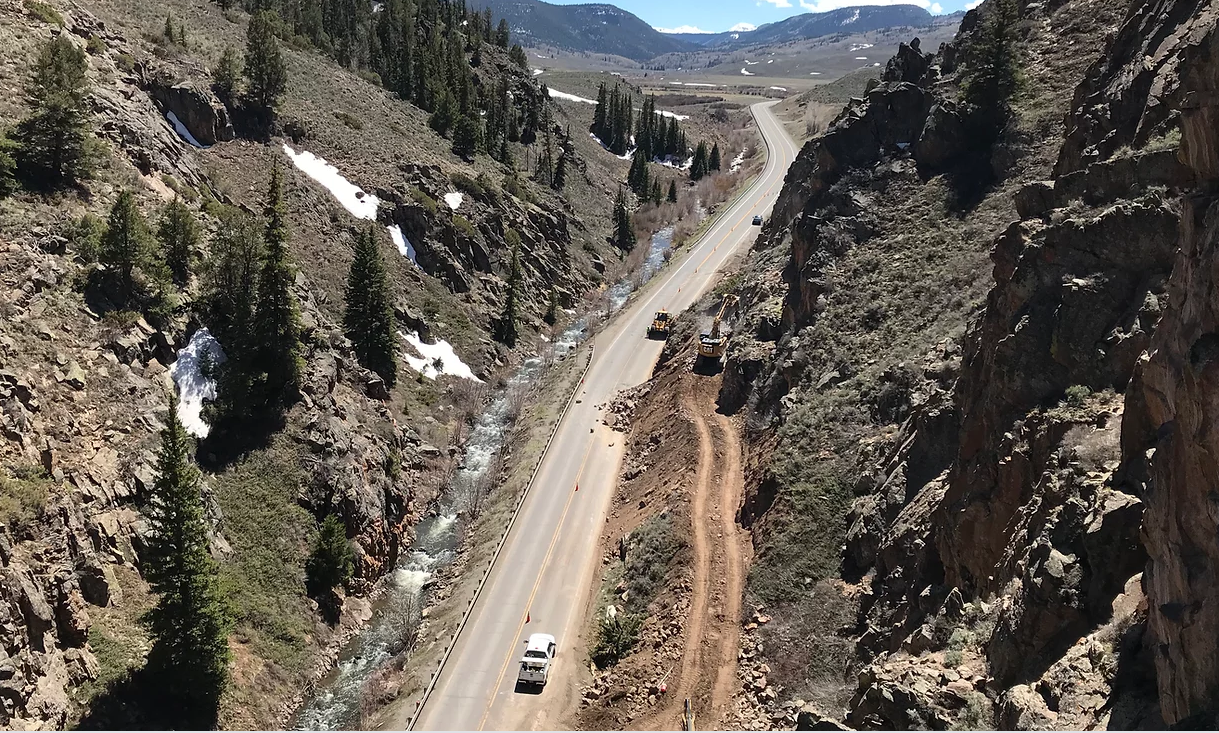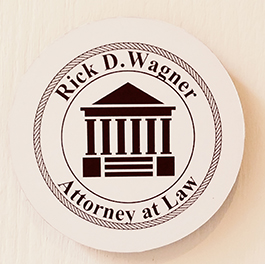Safety Precautions for Spring Break Travel
By Ursula Nizalowski
With Spring Break underway, many people often choose to take road trips during this time of
year. Because although the break is only a week in length, it’s a good time for a road trip since
the weather isn’t too cold or too hot right now. However, springtime weather has a tendency to
drastically change in a matter of minutes causing road conditions to become less predictable.
Plus factors like construction work and increased traffic adds to the stress of Spring Break travel.
So here are some basic safety precautions to consider.
Things to Look Out For
Changing Weather – As is typical, spring is a time for rain showers that can swing
from light to torrential on a whim. Of course, it usually depends on where one lives that
determines how much rainfall happens. Though Discover Magazine says spring rain happens
when “The cool, dry winter air combines with warm, humid incoming summer air. The mix of
temperatures causes this air to rise, and moisture escapes in the form of rain” which is why
springtime in the Northern Hemisphere is generally wet. Because of this increase in moisture,
though, the roads become slippery from the rain which often leads to hydroplaning.
Construction Crews – It is common to see construction on roads in the spring
because while the cold and rainy weather isn’t ideal for construction work, the material prices
“tend to skyrocket due to a substantial increase in demand” during the summer according to E.
K. Bailey Construction. The reason for that is summer weather is dry, which means fewer delays
on construction. But this also makes everybody do construction in summer, hence the higher
prices on materials. So road projects might start around springtime to get ahead of the curve like what happened last year with US Highway 24 , or the crews will try finishing them such as the
ongoing Little Blue Creek Canyon project.

What To Do
Get the Car Checked – Before starting a trip this spring, it wouldn’t hurt to check
one’s car to make sure it’s in good condition. After all, “Long drives can really expose any
issues your car may have” according to Tires Plus . Thus it’s arguably better to have the car
inspected prior to the trip rather than having something unexpectedly go wrong during the trip.
Plan the Trip Accordingly – Apart from rapidly changing weather and construction
crews, another thing to consider is how much traffic there’s going to be during Spring Break.
Because while traffic tends to increase around this time of year in general, the Transportation
Safety Administration (TSA) “screened a record number of passengers in 2023, and we expect
that trend to continue this year” said TSA Administrator David Pekoske in a quote from
TheStreet . What that means is more people are traveling in cars than usual, so strategies like
leaving early and being prepared for delays might want to be taken into account when planning
one’s route.
Have Emergency Supplies On-Hand – For any road trip, there’s always the
possibility of things going wrong such as accidents or injuries. That’s why emergency supplies
are often stocked in the car beforehand. Some common items include extra clothes and/or
blankets as well as first-aid kits among others.
Wear Seatbelts at All Times – Since seatbelts are often taken for granted, we might
not think about why they’re needed. The simple answer is they keep us in a steady position ,
which reduces the possible injuries we might get from a car accident. Plus, there are civil repercussions for not wearing a seatbelt all the time while in the car that can involve a “$65 fine
per offense” says the Fang Law Firm .
What Not To Do
Hog the Road – With the increase in traffic during spring, it’s not just more cars along
the road but also cyclists and pedestrians. That’s because warmer weather causes more people to
do outdoor activities like walking and cycling, which forces drivers to have to take them into
consideration. So it wouldn’t be a good idea to drive into bike lanes , even if there isn’t a cyclist
on it, or ignore pedestrians as that could lead to an accident.
Be Distracted – It’s considered common sense for drivers to not let distractions affect
their driving. The most common forms include texting, talking, the outdoor scenery, and bright
lights just to name a few. And while these things may be harmless in of themselves, they not
only make the driver less alert but also impair their sense of judgement when trying not to get
into an accident on the road.
Have Too Many Passengers – Depending on the size of the car, it can only fit so
many passengers inside. There’s also the issue of the passengers’ age because teen drivers can
only have “one passenger under age 21” within a year of getting their license according to the
Colorado Department of Transportation ( CDOT )’s website. And since teens/young adults often
travel during their school’s Spring Break, having a lot of passengers in their car becomes a safety
risk as it can be distracting and put them in danger if an accident happens.
Ignore Traffic Rules – While many traffic laws are universal, some states have
specific laws that only apply to them. For instance, drivers in Colorado are supposed to remain
in the right lane of a multilane highway so faster vehicles may pass them without getting hurt. Thus if one is traveling to another state for Spring Break, it wouldn’t hurt to be aware of that
state’s traffic rules while also following general ones like right-of-way yielding and checking
blind spots as FindLaw outlines on their site.
For more information on how to stay safe this Spring Break and what to do in case of an
accident, feel free to contact attorney Rick Wagner.

